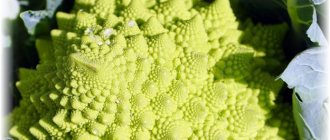Gas and smoke protection kits ( GSDK ) and self-rescuers (SPI) are important means of respiratory protection used in emergency situations during fires, accidents and other dangerous situations associated with the presence of hazardous gases, smoke or toxic substances in the air. In this article we will talk about the characteristics of GDZK and SPI, their application and importance for ensuring safety when working in extreme conditions.
Gas and smoke protection kits (GDZK)
Gas and smoke protection kits (GSDK) are personal protective equipment for the respiratory tract from harmful substances and airborne contaminants:
- GDZK include respirators, filters and gas masks designed to protect against various types of gases, vapors and aerosols.
- They are used in hazardous working conditions, during fire fighting and rescue operations.
- GDSK provide reliable protection of the respiratory organs of workers and rescuers from harmful substances and toxic vapors.
- Depending on the type of filter used, GDZK can provide protection against certain types of gases and vapors.
Self-rescuers (SPI)
Self-rescuers (SPI) are portable personal protective devices that provide autonomous breathing in conditions of lack of access to fresh air:
- Self-rescuers are equipped with chemical filters and oxygen cylinders to maintain worker breathing in a confined or gas-filled space.
- They are intended for use in extreme conditions, in case of fires, accidents or emergency evacuation.
- SPIs provide independent and autonomous breathing for a certain time, which allows rescuers and workers to leave the danger zone without harm to health.
- Self-rescuers are widely used in industry, mining and other areas where there is a risk of hazardous gases leaking.










